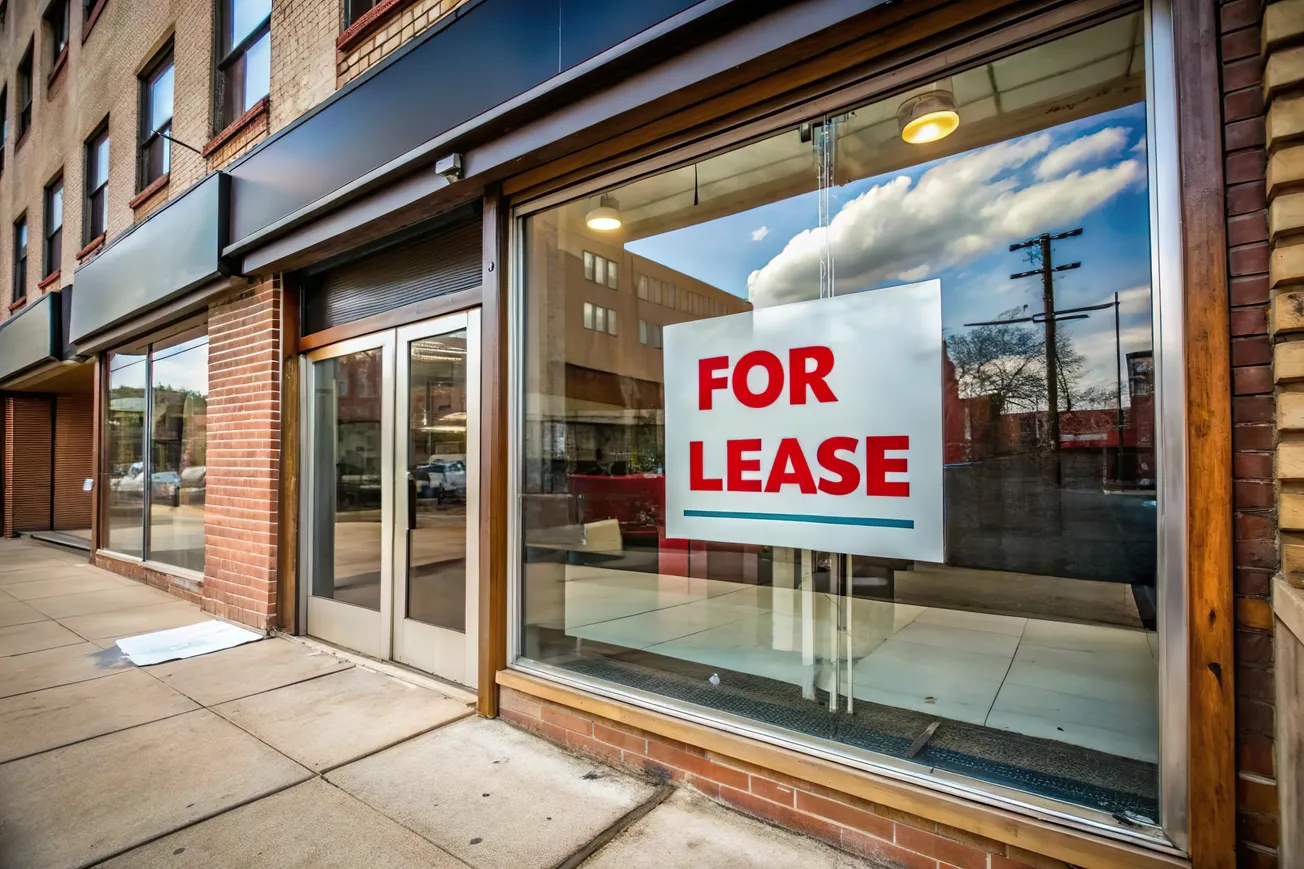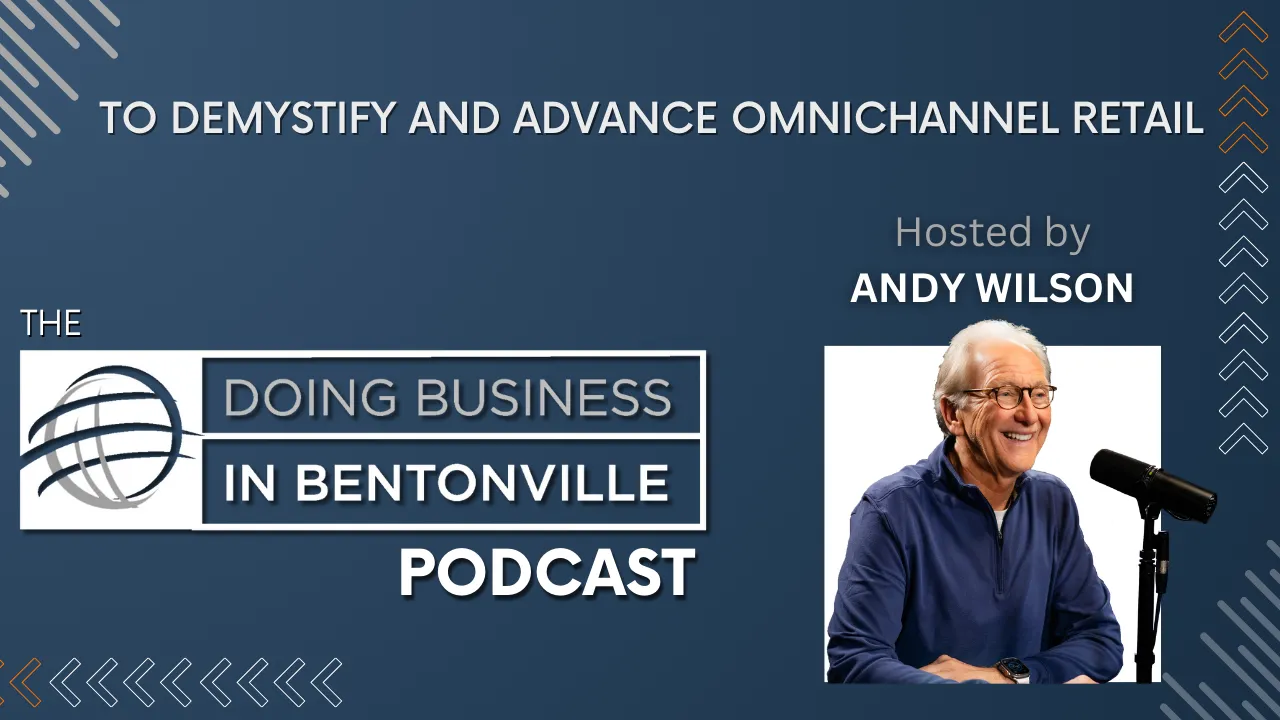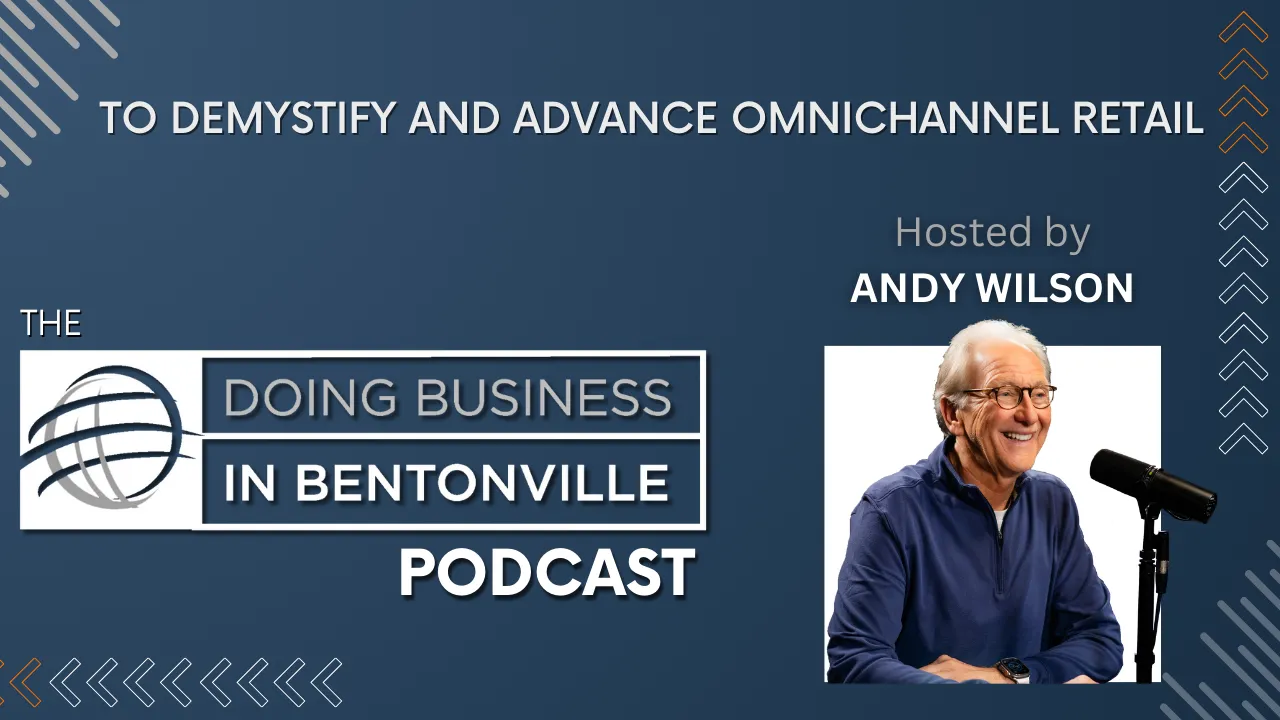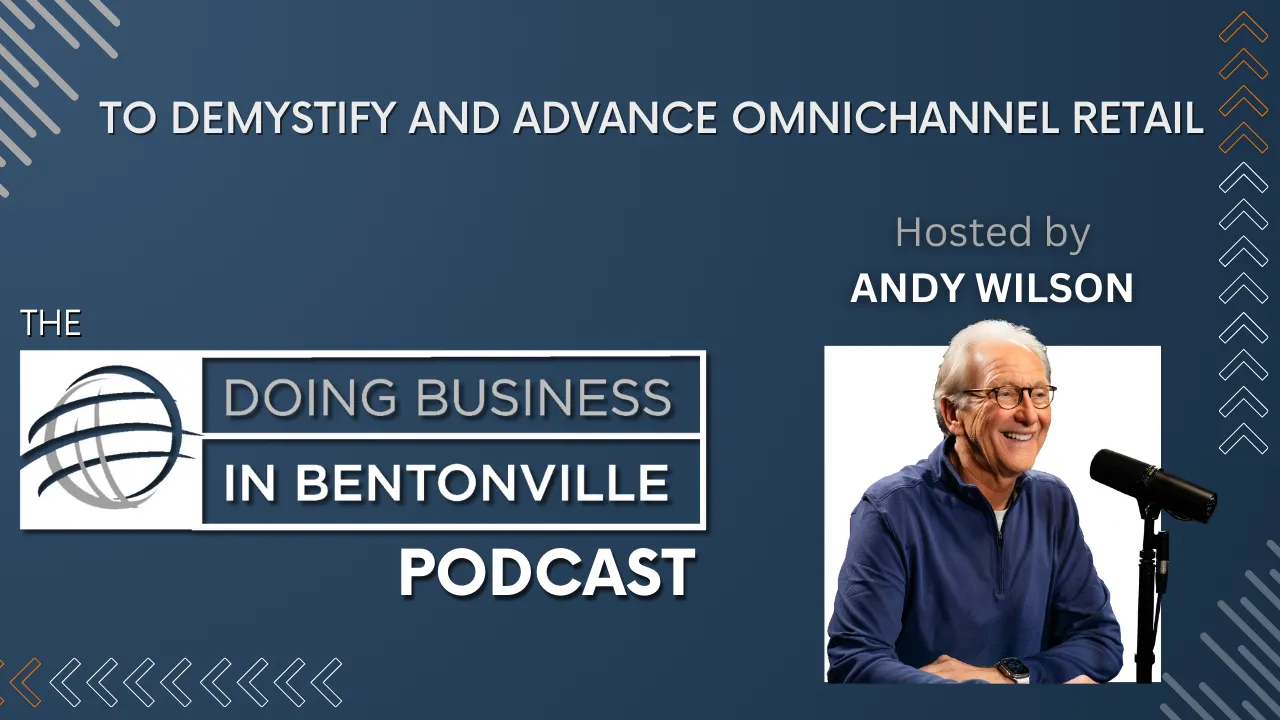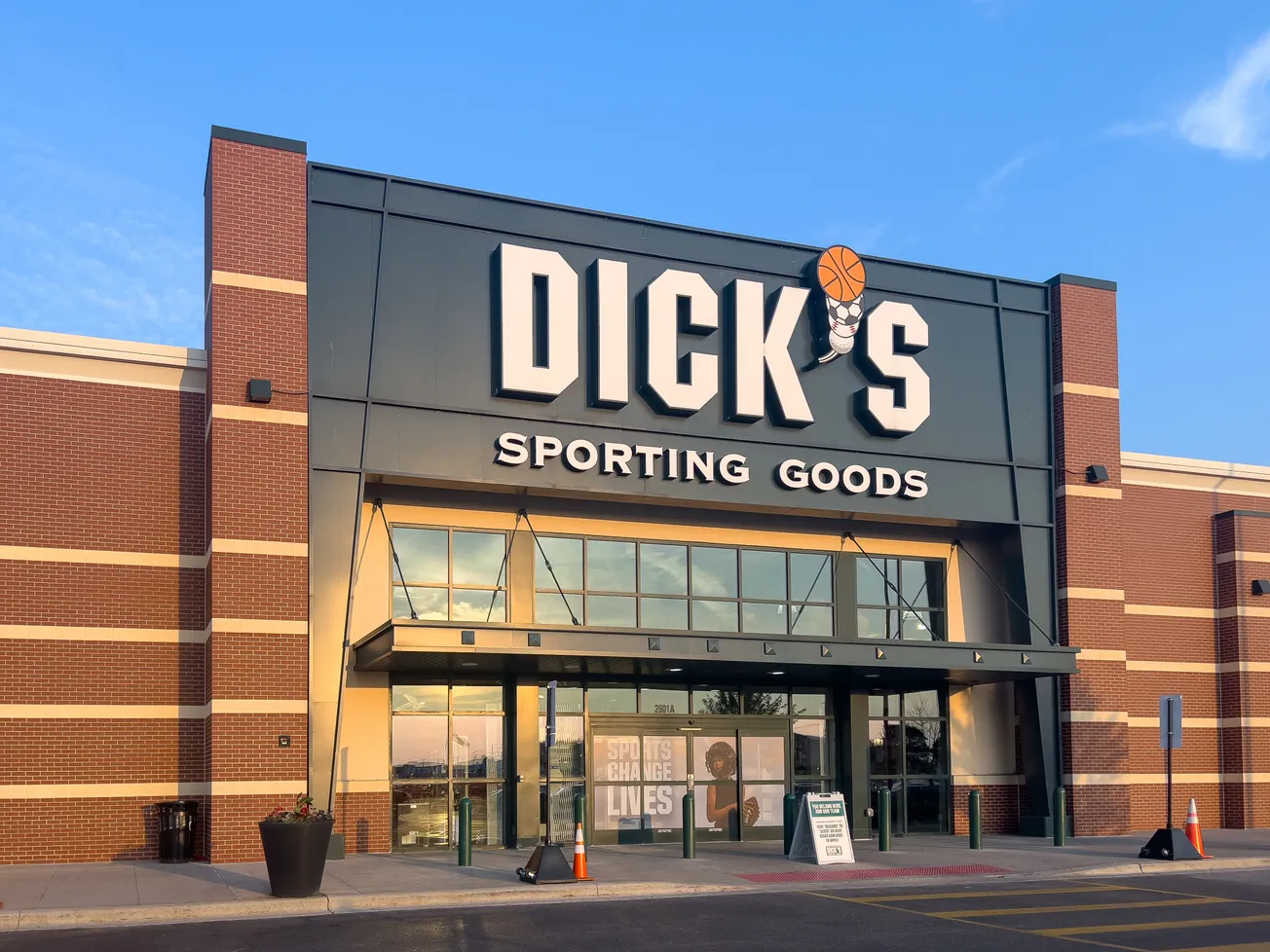Ollie’s Bargain Outlet is ramping up expansion efforts by acquiring dozens of store leases from Big Lots, part of a broader strategy that positions the discount chain to open a record number of stores in 2025.
The move underscores Ollie’s aggressive real estate strategy amid a wave of retail downsizing and bankruptcies.
The Pennsylvania-based company confirmed it has acquired 40 former Big Lots leases and plans to open up to 75 new stores by the end of the year. The lease acquisitions mark a notable shift toward scale-focused expansion as the company looks to increase its national footprint with minimal capital investment.
Most of the acquired Big Lots sites fall in Ollie’s target range—mid-sized, off-mall stores averaging 25,000–35,000 square feet—located in suburban shopping centers and secondary markets where consumer demand for off-price retail remains strong.
Big Lots Retreat Spurs Real Estate Opportunity
Big Lots has faced persistent financial headwinds in recent quarters, with declining same-store sales and operational inefficiencies prompting the closure of numerous underperforming locations. These closures, while a setback for Big Lots, have created prime real estate opportunities for competitors like Ollie’s.
By acquiring leases rather than building new stores, Ollie’s sidesteps many of the costs and delays associated with new development. The approach provides speed-to-market advantages while allowing the company to enter new trade areas with established traffic patterns.
Lease vs. Ownership: Flexibility Drives Ollie’s Strategy
Unlike Sears, which struggled in part due to owning large swaths of its real estate, Ollie’s lease-based strategy allows for greater flexibility and lower overhead. Sears’ reliance on owned properties, often in enclosed malls or outdated centers, became a liability as store traffic declined. Liquidating or repurposing those assets proved time-consuming and costly.
Ollie’s, by contrast, can pivot quickly, exit leases if needed, and scale in response to market conditions. This approach mirrors tactics used by other off-price chains such as Burlington and Ross Stores, which often acquire leases from bankrupt or retreating retailers to minimize capital outlay.
Precedents in Lease-Driven Expansion
Ollie’s lease acquisitions mirror a series of past retail expansions:
- Albertsons acquired 146 stores from the failed Haggen grocery chain in 2015, enabling rapid regional expansion.
- Burlington, TJ Maxx, and Ross Stores took advantage of the collapses of Linens ’n Things and Borders to expand into new markets at reduced cost.
- Spirit Halloween has long exemplified lease opportunism by occupying vacant spaces on a seasonal basis.
These cases illustrate how lease-based expansion allows retailers to grow quickly while maintaining cost control and real estate flexibility.
Joann Bankruptcy Could Create Another Real Estate Windfall
In early March, Joann Fabric & Craft Stores filed for Chapter 11 bankruptcy, with plans to restructure and auction off leases for nearly 800 locations and five distribution centers.
The store closures present yet another real estate opening for growing retailers, particularly those with experience operating in similarly sized locations in strip centers and power centers.
While Ollie’s has not publicly expressed interest in acquiring Joann sites, analysts suggest several likely candidates for the vacated spaces.
Five Below, which targets tweens, teens, and families with a broad assortment of value merchandise, continues to expand rapidly. The company plans to open up to 250 new stores in 2024, bringing its total store count to around 1,800.
Many Joann locations fall within the size range Five Below is targeting for its newer “Five Beyond” concept stores, which feature higher-priced goods and require more floor space. The brand’s typical locations in suburban power centers overlap with many of Joann’s existing leases.
Dollar Tree, which operates both its namesake chain and Family Dollar, has publicly stated its intent to close underperforming locations and open new ones in more strategic areas. With more than 10,000 Family Dollar stores and ongoing co-branded expansion efforts, the company could benefit from turnkey real estate to replace aging locations or expand into new markets.
Joann's mid-sized, easily retrofittable spaces could support Family Dollar's low-cost, high-turnover model.
Burlington has used past retail bankruptcies as a springboard for growth and continues to look for viable mid-size locations in suburban markets. The company opened 87 new stores in 2023 and is expected to add more in 2024.
Many Joann locations, particularly those with strong co-tenancy and foot traffic, may align with Burlington’s needs as it seeks additional off-mall sites to complement its value-driven apparel and home goods offerings.
Several Joann locations may be of interest to regional grocers or ethnic food markets seeking expansion in suburban neighborhoods. These buyers typically prioritize community familiarity and real estate continuity.
With distribution infrastructure already in place and access to Joann’s warehouse facilities, some grocery operators may see long-term potential in converting former craft and fabric stores into neighborhood grocery outlets.
Coming Soon?
As Ollie’s pushes forward with its record expansion, its use of vacated Big Lots leases reflects a broader trend in retail real estate: well-capitalized chains are increasingly leveraging the closures of peers to accelerate growth without the delays of new development.
With Joann now on the auction block, the next wave of expansion could be driven by whichever retailers are fastest to secure favorable leases in strategic markets.
Whether it's Five Below’s aspirational merchandising, Dollar Tree’s price-driven volume, or Burlington’s off-price apparel model, the battle for Joann’s former stores may soon mirror the calculated, opportunistic growth strategy that Ollie’s has already made its own.

